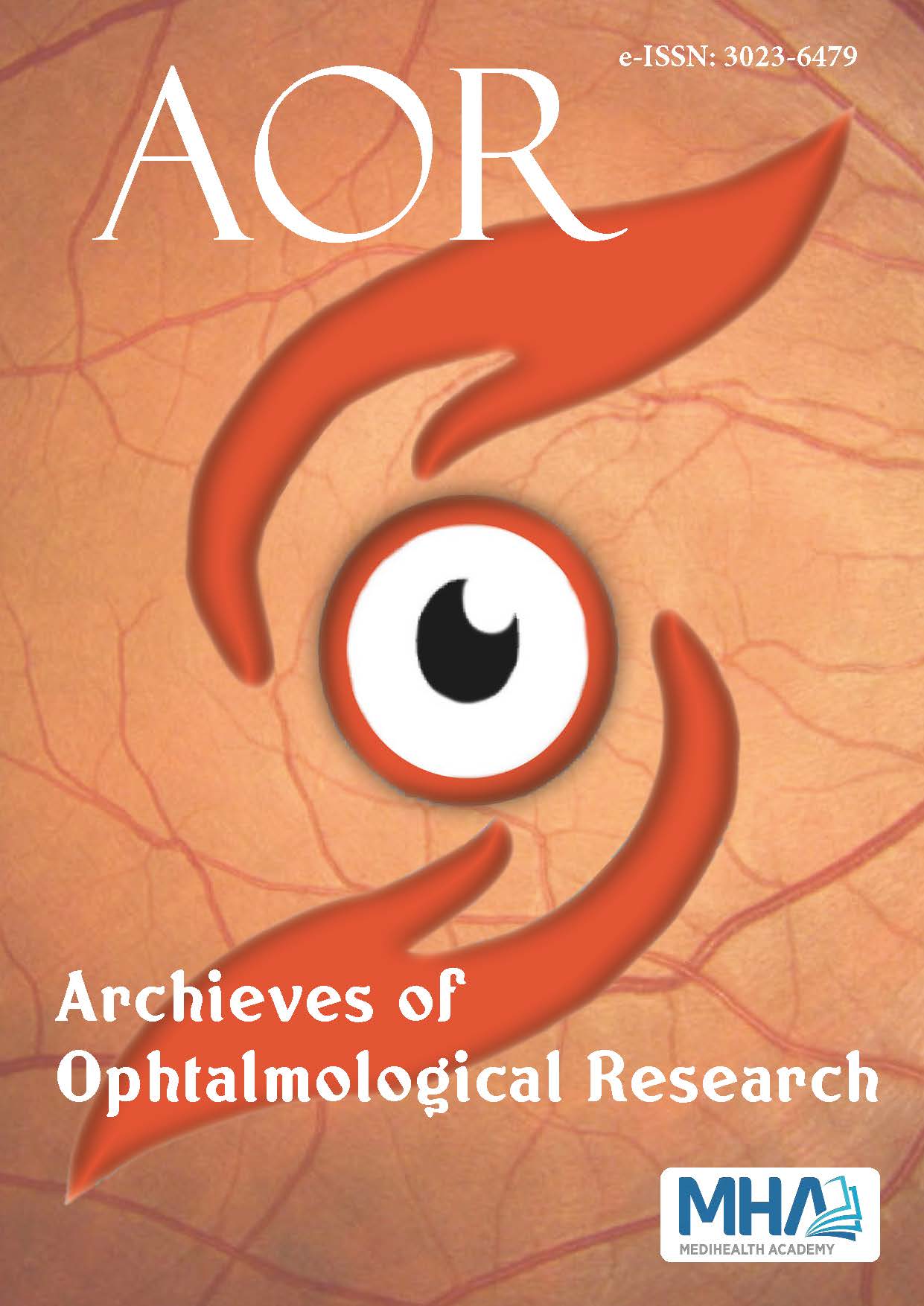1. Rogers S, McIntosh RL, Cheung N, et al.The prevalence of retinal veinocclusion: pooled data from population studies from the United States,Europe, Asia, and Australia.Ophthalmology2010;117:313-319.
2. Klein R, Moss SE, Meuer SM, Klein BE. The 15-year cumulativeincidence of retinal vein occlusion: the beaver dam eye study. ArchOphthalmol. 2008;126(4):513-518.
3. Mitchell P, Smith W, Chang A. Prevalence and associations of retinalvein occlusion in Australia. The blue mountains eye study. ArchOphthalmol. 1996;114(10):1243-1247.
4. Dodson PM, Galton DJ, Hamilton AM, Blach RK. Retinal veinocclusion and the prevalence of lipoprotein abnormalities. Br JOphthalmol. 1982;66(3):161-164.
5. Vannas S, Tarkkanen A. Retinal vein occlusion and glaucoma.Tonographic study of the incidence of glaucoma and of its prognosticsignificance. Br J Ophthalmol. 1960;44(10):583-589.
6. Rayess N, Rahimy E, Ying GS, et al. Baseline choroidal thickness as apredictor for treatment outcomes in central retinal vein occlusion. Am JOphthalmol. 2016;171:47-52.
7. Khodabandeh A, Shahraki K, Roohipoor R, et al. Quantitativemeasurement of vascular density and flow using optical coherencetomography angiography (OCTA) in patients with central retinalvein occlusion: Can OCTA help in distinguishing ischemic from non-ischemic type? Int J Retina Vitreous. 2018;27(4):47.
8. Mastropasqua R, Toto L, Di Antonio L, et al. Optical coherencetomography angiography microvascular findings in macular edema dueto central and branch retinal vein occlusions. Sci Rep. 2017;18(7):40763.
9. Du KF, Xu L, Shao L, et al. Subfoveal choroidal thickness in retinal veinocclusion. Ophthalmology. 2013;120(12):2749-2750.
10. Agrawal R, Gupta P, Tan KA, Cheung CM, Wong TY, Cheng CY.Choroidal vascularity index as a measure of vascular status of thechoroid: measurements in healthy eyes from a population-based study.Sci Rep. 2016; 12;6:21090.
11. Sharma A, D’Amico DJ. Medical and surgical management of centralretinal vein occlusion. Int Ophthalmol Clin. 2004;44(1):1-16.
12. Grassi P, Naclerio C. Central retinal vein prethrombosis secondaryto retinal vasculitis: early detection and treatment. Middle East Afr JOphthalmol. 2020;20;27(2):131-133.
13. Schmidt-Erfurth U, Garcia-Arumi J, Gerendas BS, et al. Guidelines forthe management of retinal vein occlusion by the European Society ofRetina Specialists (EURETINA). Ophthalmologica. 2019;242(3):123-162.
14. Tsuiki E, Suzuma K, Ueki R, Maekawa Y, Kitaoka T. Enhanced depthimaging optical coherence tomography of the choroid in central retinalvein occlusion. Am J Ophthalmol. 2013;156(3):543-547.
15. Lee EK, Han JM, Hyon JY, Yu HG. Changes in choroidal thickness afterintravitreal dexamethasone implant injection in retinal vein occlusion.Br J Ophthalmol. 2015;99(11):1543-1549.
16. Esen E, Sizmaz S, Demircan N. Choroıdal thickness changes afterintravitreal dexamethasone implant injection for the treatment ofmacular edema due to retinal vein occlusion. Retina. 2016;36(12):2297-2303.
17. Aribas YK, Hondur AM, Tezel TH. Choroidal vascularity index andchoriocapillary changes in retinal vein occlusions. Graefes Arch ClinExp Ophthalmol. 2020;258(11):2389-2397.
18. Hwang BE, Kim M, Park YH. Role of the choroidal vascularity index inbranch retinal vein occlusion (BRVO) with macular edema. PLoS One.2021;16(10):e0258728.
19. Kinoshita T, Imaizumi H, Shimizu M, et al. Systemic and oculardeterminants of choroidal structures on optical coherence tomographyof eyes with diabetes and diabetic retinopathy. Sci Rep. 2019;9(1):16228.
20. Noma H, Minamoto A, Funatsu H, et al. Intravitreal levels of vascularendothelial growth factor and interleukin-6 are correlated withmacular edema in branch retinal vein occlusion. Graefes Arch Clin ExpOphthalmol. 2006;244(3):309-315.
21. Rayess N, Rahimy E, Ying GS, et al. Baseline choroidal thicknessas a short-term predictor of visual acuity improvement followingantivascular endothelial growth factor therapy in branch retinal veinocclusion. Br J Ophthalmol. 2019;103(1):55-59.
22. Kim KH, Lee DH, Lee JJ, Park SW, Byon IS, Lee JE. Regional choroidalthickness changes in branch retinal vein occlusion with macularedema. Ophthalmologica. 2015;234(2):109-18.

